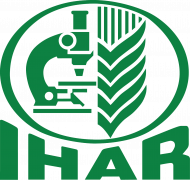Abstract
To address the problem of dietary restraint of health-conscious people, a techno-feasible process for development of low-fat and high-fibre fabricated potato snack has been standardised. The product was optimised on the basis of fat and fibre content, browning index, hardness, crunchiness, and overall acceptability (OAA) by using the central composite rotatable design (CCRD) of response surface methodology (RSM). The fabricated snacks with an average thickness of 2.06 mm contained 5.04–5.24% moisture. Hardness and browning index of baked potato snack was significantly influenced by peel incorporation followed by fat content and leavening agent. Maximum crunchiness was achieved at lower peel (~1.5%) and fat (~2.25%) addition. Leavening agent and fat demonstrated a positive effect on the overall acceptability of the snack. The maximum OAA (8.58) was achieved when both peel and fat were in range but at maximum level of leavening agent. Incorporation of 1.84% potato peel, 4.80% fat, and 1.60% leavening agent resulted in a well-accepted fabricated potato snack which can be categorised as ‘low fat’ and ‘good source of fibre’ since a 30-g serving of this fabricated snack provided < 3 g fat and 2.5–4.9 g fibre. The developed technology can diversify the present processed potato product range with effective utilisation of its peel.















